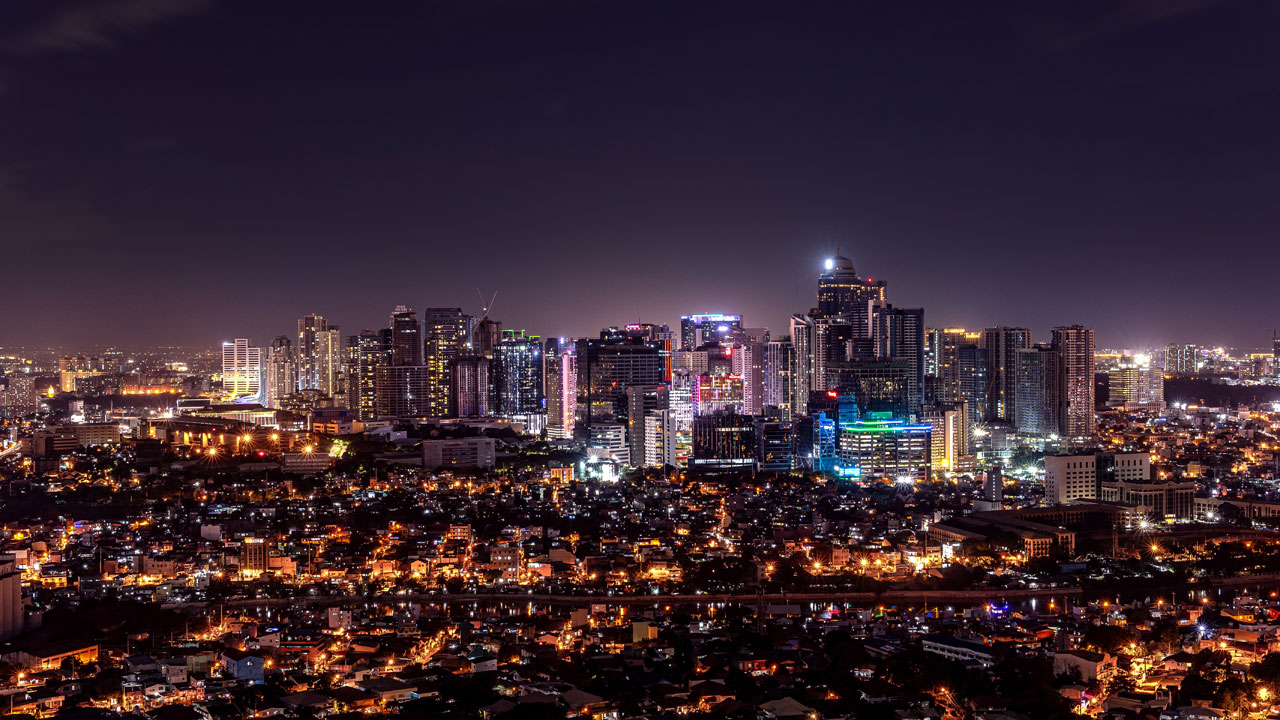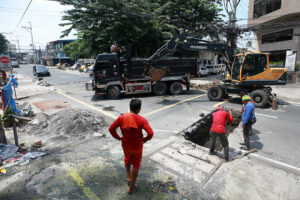
Office vacancies may ease despite supply surge, says Santos Knight Frank

METRO MANILA is expected to see a surge in office supply over the next five years as projects launched during the pandemic are completed, but vacancy rates are projected to decline due to sustained demand from the business process outsourcing (BPO) sector, according to property consultancy firm Santos Knight Frank (SKF).
“Any projects that were thought of, or announced during the pandemic years of 2020 to 2022, will have been completed by the time we hit 2030,” SKF Senior Director Morgan McGilvray said during a briefing on Monday.
New office space in Metro Manila is expected to average 754,598 square meters (sq.m.) through 2030, SKF said.
As of end-June, 158,147 sq.m. of new office supply entered the Metro Manila market, and another 403,770 sq.m. of new office space will be completed in the second half, SKF said. This brings Metro Manila’s total office supply to 8.8 million sq.m.
Metro Manila’s office vacancy rate rose to 22% in the six-month period from 18.9% a year earlier, Mr. McGilvray said.
By submarket, the highest level of available supply was recorded in Taguig at 2.4 million sq.m., followed by Ortigas (1.6 million sq.m.), Makati (1.5 million sq.m.), Quezon City (1.4 million sq.m.), the Bay Area (1.4 million sq.m.), and Alabang (500,000 sq.m.).
“For the office sector, we’re seeing a lot more activity in the first half of 2025 than we did last year,” SKF Chairman and Chief Executive Officer Rick Santos said during the briefing.
“We are still seeing BPO expansion — we are seeing sophisticated voice call centers also still expanding, and that’s in lockstep with what we’re seeing in India as well.”
Net absorption in the first half stood at 192,000 sq.m., higher than the 101,000 sq.m. in the previous quarter, driven by move-ins and expansions in the BPO sector, SKF said.
SKF expects office vacancy to decline through 2030.
“Maybe the first half of 2025 is an exception because we saw the last group of POGOs (Philippine offshore gaming operators) move out,” Mr. McGilvray said. “But if we just look at the numbers for a moment, it looks like we might have 400,000 sq.m. of net absorption this year… if we continue to have that rate, that should balance out pretty well with the supply coming on board.”
“[Vacancy through] 2030 is a long way to predict in advance, but the numbers right now indicate vacancy might continue to actually trickle down over the coming years,” he added.
Looking ahead, the BPO sector — especially healthcare BPOs — is expected to drive demand in the Metro Manila office market, Mr. McGilvray said.
“We do sense that there’s a lot more healthcare BPOs especially that can and will come to the Philippines… because one or two [companies] enter the market, they have a good success story, their competitors notice, and then their competitors also follow them into the market,” he said on the sidelines of the briefing.
“That’s mostly what we’ve been seeing as the best demand driver lately, and we don’t necessarily expect that to slow down anytime soon.”
Companies looking to expand their office space still prioritize accessibility to public transportation, as well as the environmental sustainability and newness of buildings, Mr. McGilvray said.
According to Mr. Santos, today’s global business environment has become “the most volatile we’ve ever seen,” driven by the United States’ shifting tariff policies and ongoing geopolitical tensions in the Middle East and Europe.
“So definitely, we’re seeing a lot of volatility on the geopolitical side. However, we see that as an opportunity for the Philippines, and obviously for the real estate market.”
The Philippines’ much-lower reciprocal tariffs are expected to attract foreign manufacturing firms looking to diversify their operations, Mr. Santos said.
The US in April imposed a 17% tariff on Philippine goods — the second lowest among Association of Southeast Asian Nations countries.
While the reciprocal tariffs have been paused for 90 days until July 9, the baseline 10% tariff remains in place.
“The Philippines is also poised to benefit from the diversification in the manufacturing sector, and a lot of manufacturing companies in ASEAN countries are looking at the Philippines now,” Mr. Santos said. — Beatriz Marie D. Cruz



